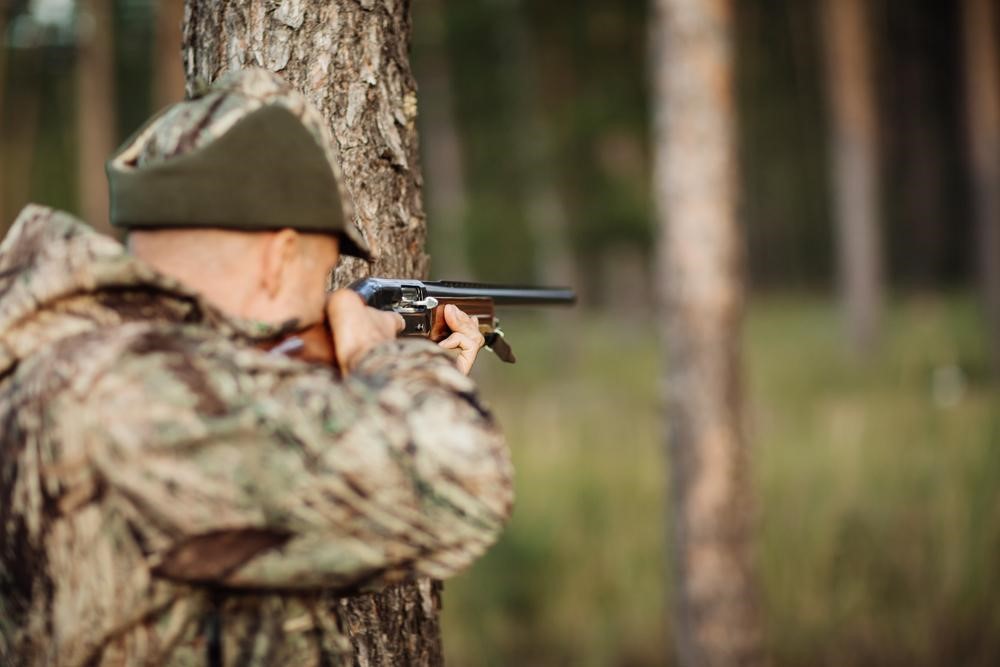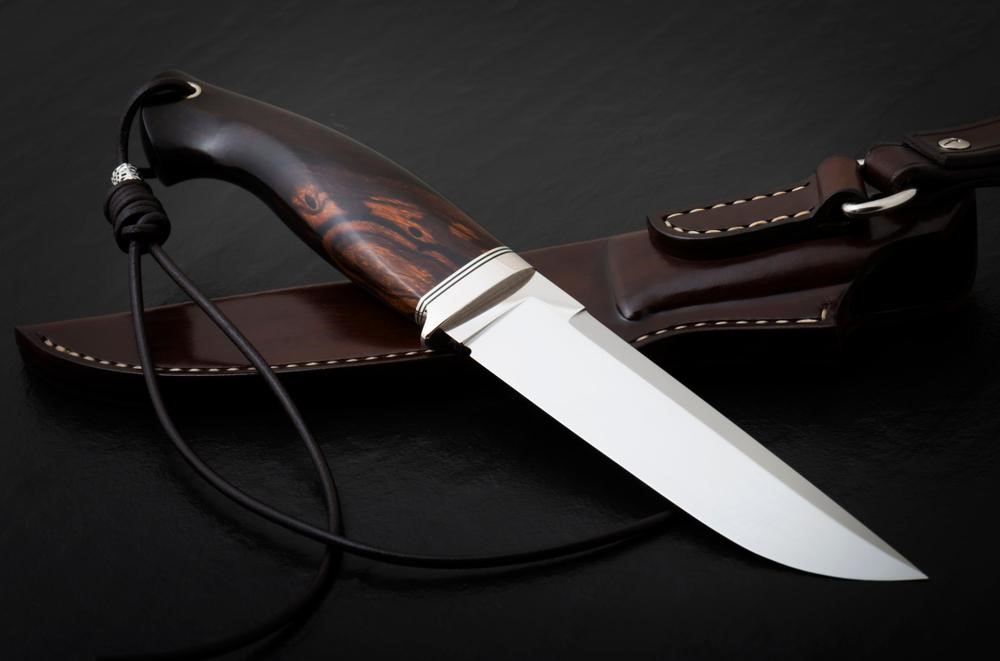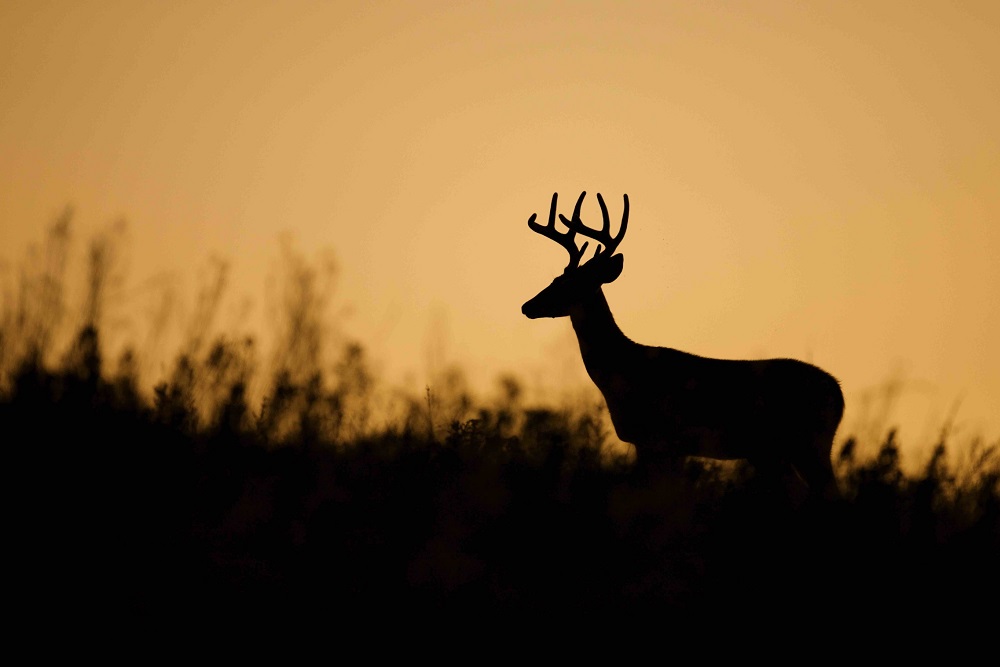Whether you’re a new hunter or a seasoned outdoorsman, prepare for deer season with the essential gear and equipment to ensure a successful hunt.
Hunting Blinds
Unless you intend to spot-and-stalk the deer, you are probably going to hunt from a hunting blind. Whether you’re using a prefabricated unit, DIY deer blind, a ground blind or elevated deer stand, using the right hunting blinds in the best possible locations is essential for spotting the animals and taking a clean shot.
Specific states have regulations imposing the use of high-visibility safety orange on the blinds. For example, in Wisconsin, a ground blind must be covered with at least 144 in² of solid blaze orange visible from every direction.

Hunting Weapons
Before doing anything else, check your local hunting laws and regulations regarding allowed equipment during a particular season. There are many ways to hunt deer. Although the most common weapon for deer hunting is the rifle, others may hunt using a shotgun, a handgun, a compound bow or a crossbow.
What you choose depends on your skill level and personal preferences. The only requirement is that your combination of personal skills, weapon, and ammunition is sufficiently accurate and powerful to perform a clean and humane shot. For those considering the use of rifles or handguns in their hunting endeavors, understanding the benefits and choosing linear muzzle compensators can be crucial for enhancing accuracy and ensuring humane shots, aligning with the ethical standards of hunting.
Regardless of your choice, ensure you transport your weapon and ammunition using a secure case. Hard-sided cases offer the best protection for your hunting weapon; they are impact-resistant and typically feature some type of interior foam padding, keeping your weapon and accessories secured in place during transport.
Hunting Clothes
Safety is paramount when hunting. Hunters are required by law to wear safety orange in most states so they can see each other and avoid accidents. Orange is brightly visible and one of the easiest colors that humans can spot in a hunting environment. Contrary to what some hunters believe, wearing orange does not make it easier for the deer to spot you. Deer’s eyes have some degree of red-green blindness, which prevents them from clearly seeing orange.
Deer are actually much more sensitive to movement and changes in lighting conditions. Remaining still and avoiding unnecessary movement keeps you out of the deer’s sight better than a camo pattern ever will. Each state has different rules on the specific quantity of high-visibility safety orange that a hunter must wear. Generally, the orange clothes must be worn on the upper body, visible from every direction, and cover at least 50% of the gear worn above the waist. Consult your local laws for specifics and details.
Safety orange clothes include jackets, shirts, coveralls, sweatshirts, caps, hats and hunting vests. Wear as much as your local regulations impose and keep safety in mind at all times.

Hunting Knife
A knife is one of the most versatile and useful everyday tools that every outdoor person should have. Learning all the different ways you can use your knife can make your hunting trip more manageable. Although a hunting knife’s primary purpose is to field dress and prepare animals for food, it can fulfill many other purposes, including cutting through branches and bushes, opening cans, batoning firewood and more.
Prioritize fixed-blade knives over folding knives, as they are generally more robust and resistant to field use. Select single-edged knives with carbon steel or stainless steel blades of the highest quality possible, featuring a clip point, a drop point or a trailing point, as they are the most flexible and versatile for field dressing and other outdoor tasks.
Avoid needle points, spear points, tanto points or double-edged blades seen on items marketed as tactical or fighting knives, as these blade types are better suited for combat than hunting. Serrated blades, such as those used on survival knives, may have some use for cutting rope and wood, but their use is situational. Ignore gimmicks that have no place on the field, such as long blades or glass breakers; all they do is increase your knife’s price tag while adding no value for hunting.
Consider carrying multiple knives or buying knife sets, assigning each knife to a specific purpose. For example, you can keep one knife exclusively for field dressing and another for general use, ensuring that the blade you use to cut and dress the deer is as sharp as possible.
Binoculars
Quality binoculars are essential during deer season, even when hunting from a tree stand. With a good pair of binoculars, you can observe your surroundings at extended distances, allowing you to distinguish details that can help you spot deer. For example, what may seem like twigs and branches to the naked eye may turn out to be deer’s antlers once viewed through binoculars.
Binoculars suitable for hunting should be rugged and impact resistant, often featuring rubber or polymer casings. Your binoculars should possess a wide exit pupil; high-quality, nitrogen-purged, multi-coated glass; and be both waterproof and fog-proof.
Deer Calls
Deer calls are tools imitating the sounds produced by deer. Hunters use deer calls to attract deer or cause them to turn and present a different profile. In both cases, the purpose of a deer call is to allow the hunter to get a better shot. Although deer calls are essential to have, many hunters choose not to use them, fearing that the deer will run away. Knowing when to use the call — and when not to use it — is as essential as having it in your equipment.
Trail Markers
Trail markers, usually tacks or tape, are used by hunters to mark particular spots. They are similar to hiking trail markers but fulfill a hunting-related purpose, usually to highlight routes to a site frequently used by deer, such as feeding areas.
Scent Control
Although deer’s eyes are excellent at spotting movement, deer primarily sense other creatures by scent, using vision as a secondary sense. Hunters learn to position themselves downwind to prevent the wind from carrying their scent to the deer. However, winds change, sometimes frequently. A change in wind direction may suddenly cause the hunter to become upwind, which can alert the deer and send them running away.
Scent control helps a hunter mitigate this issue. Scent control methods include wearing hunting clothes with scent control technology, washing your clothes and body in scent-eliminating soap or clothing wash or using scent wafers.
Deer Drags
If you’ve made a successful shot, having access to a deer drag helps you haul the deer back to your truck or camp. Use harness-mounted deer drags, as they allow you to carry the deer while facing forward.
The Takeaway
The right equipment and hunting gear increase the chances of taking down your prey. Outfit yourself with high-quality hunting clothes and a durable knife, and conceal yourself in a hunting blind to ensure you don’t come home empty-handed on your next hunting trip.

